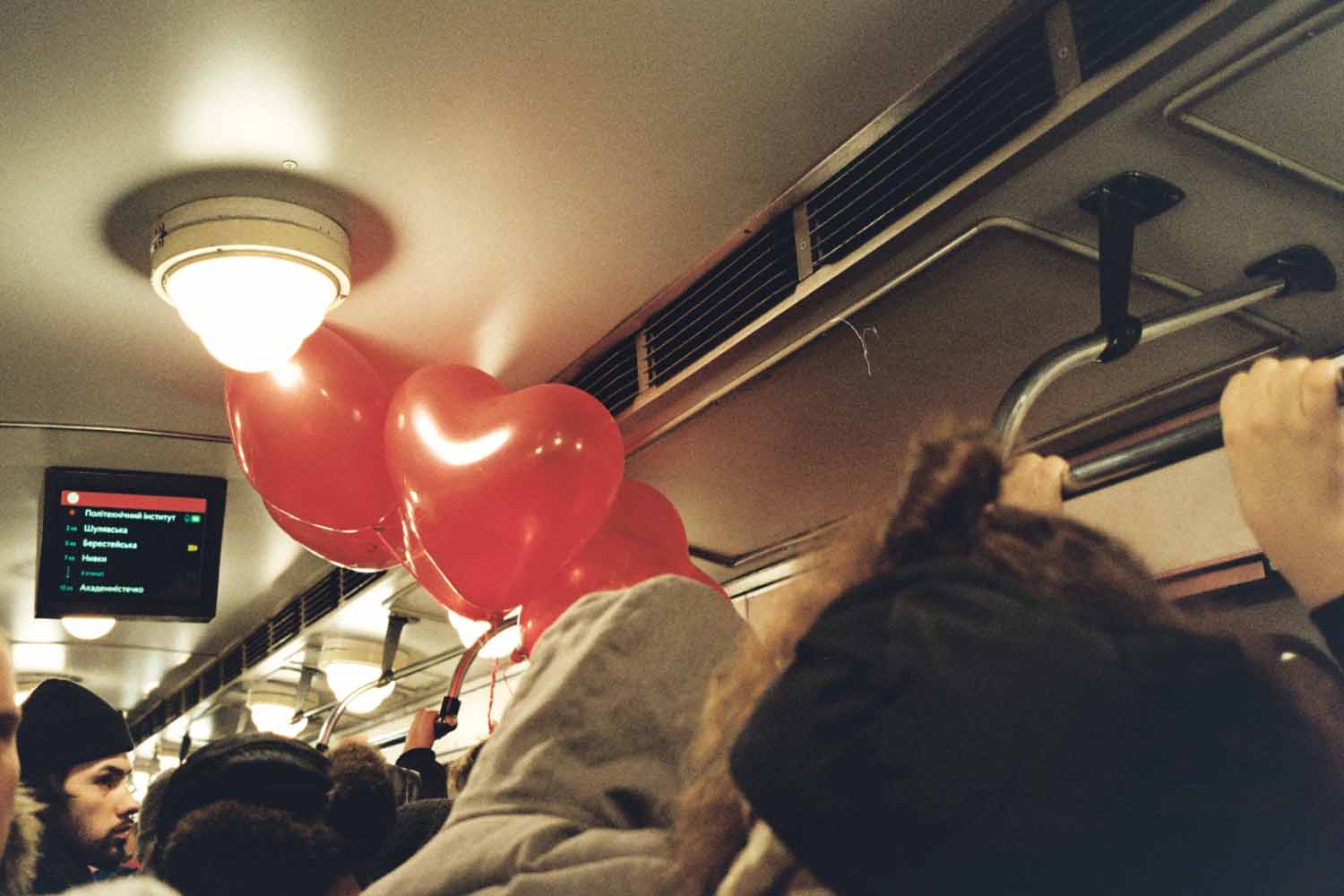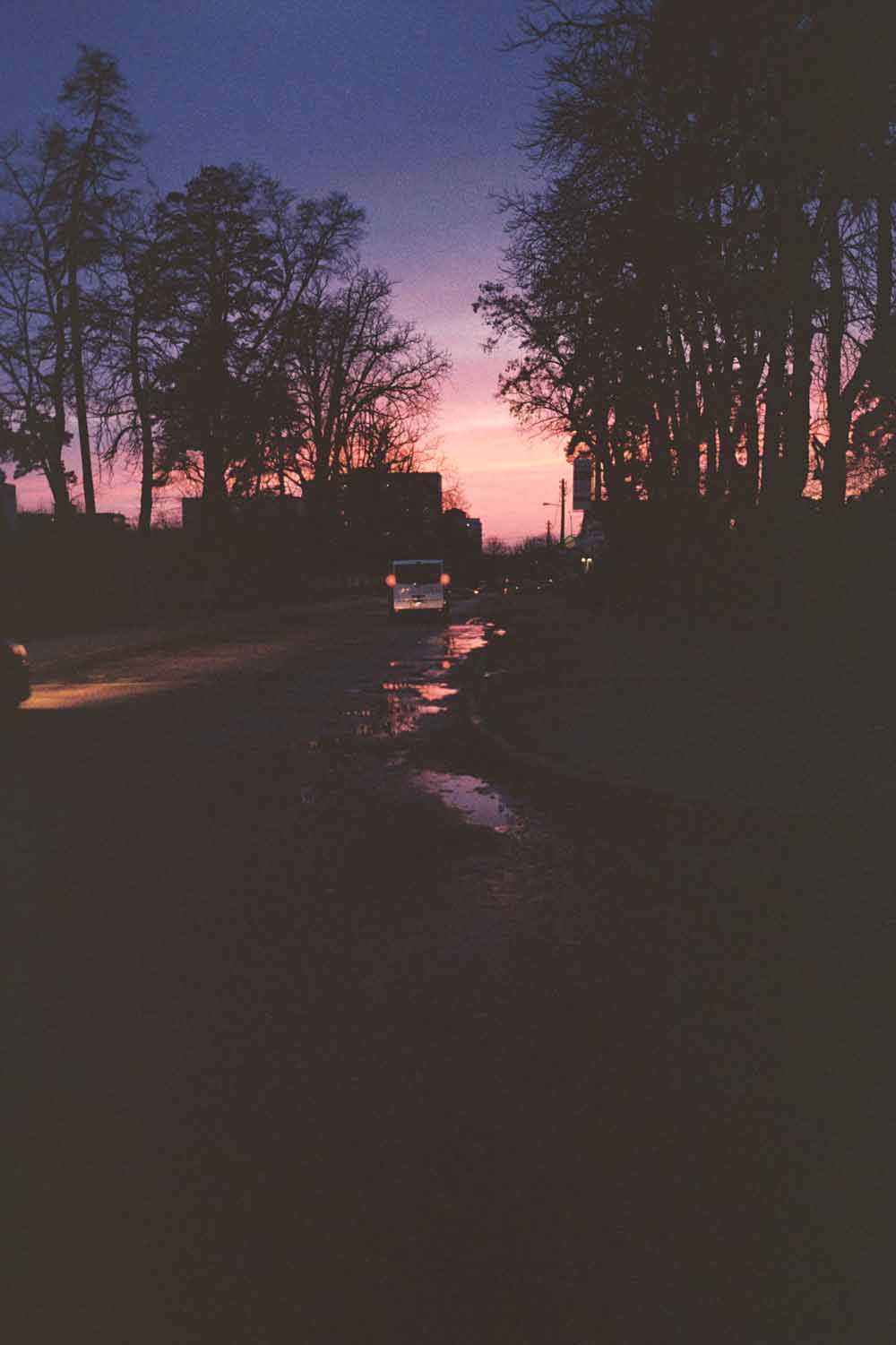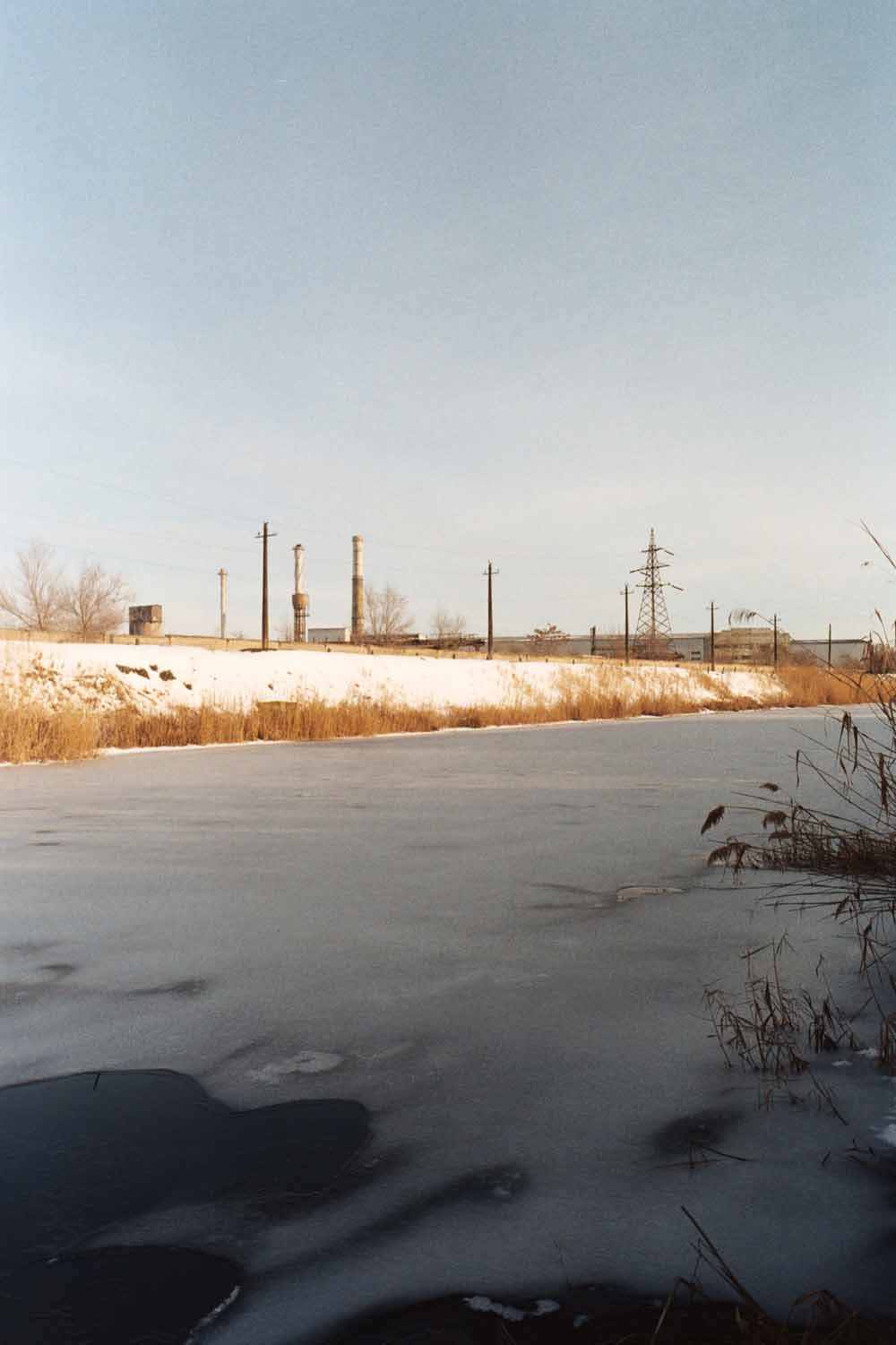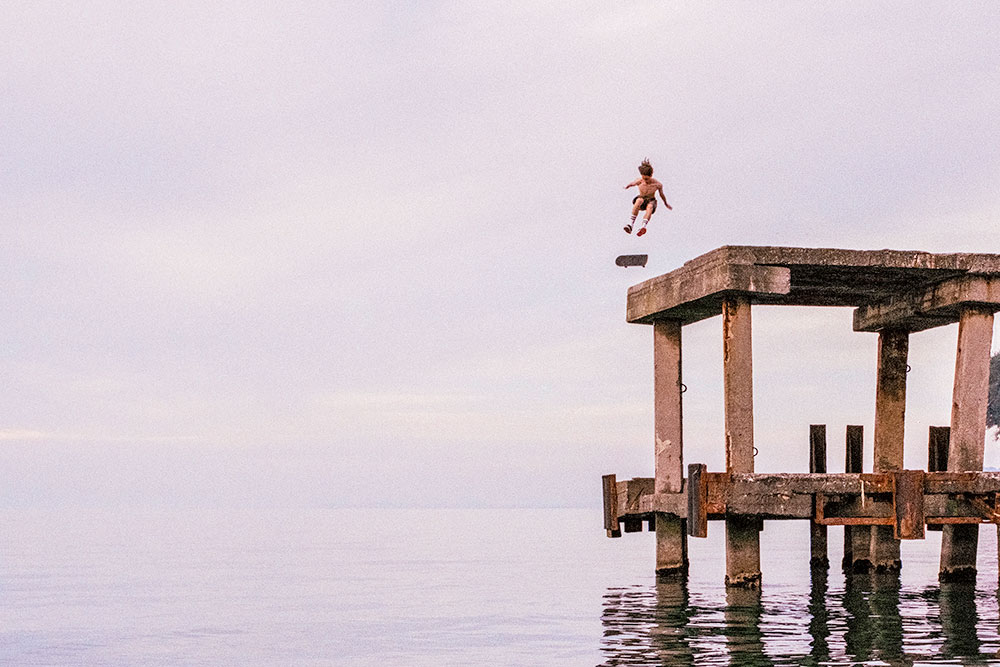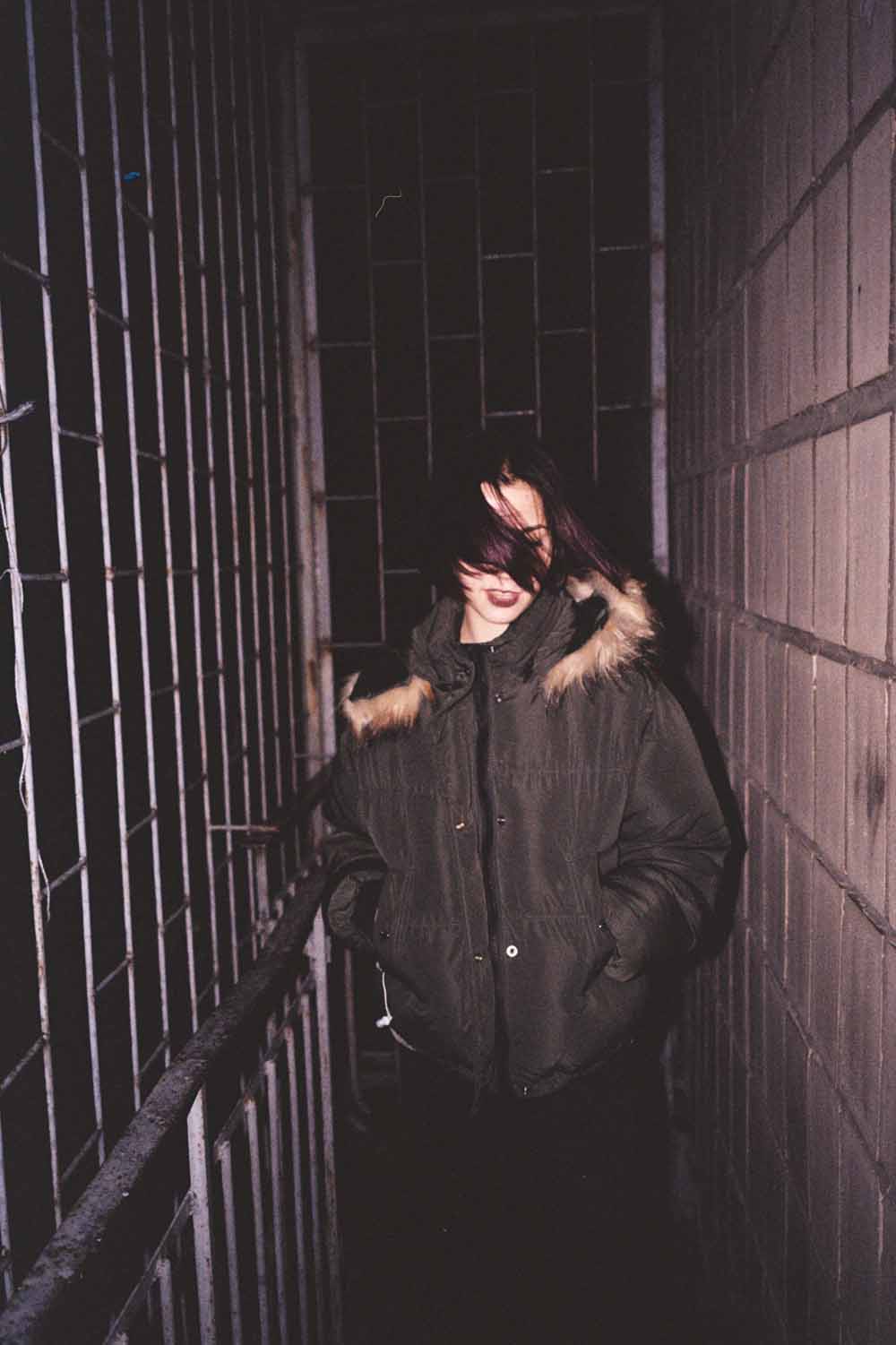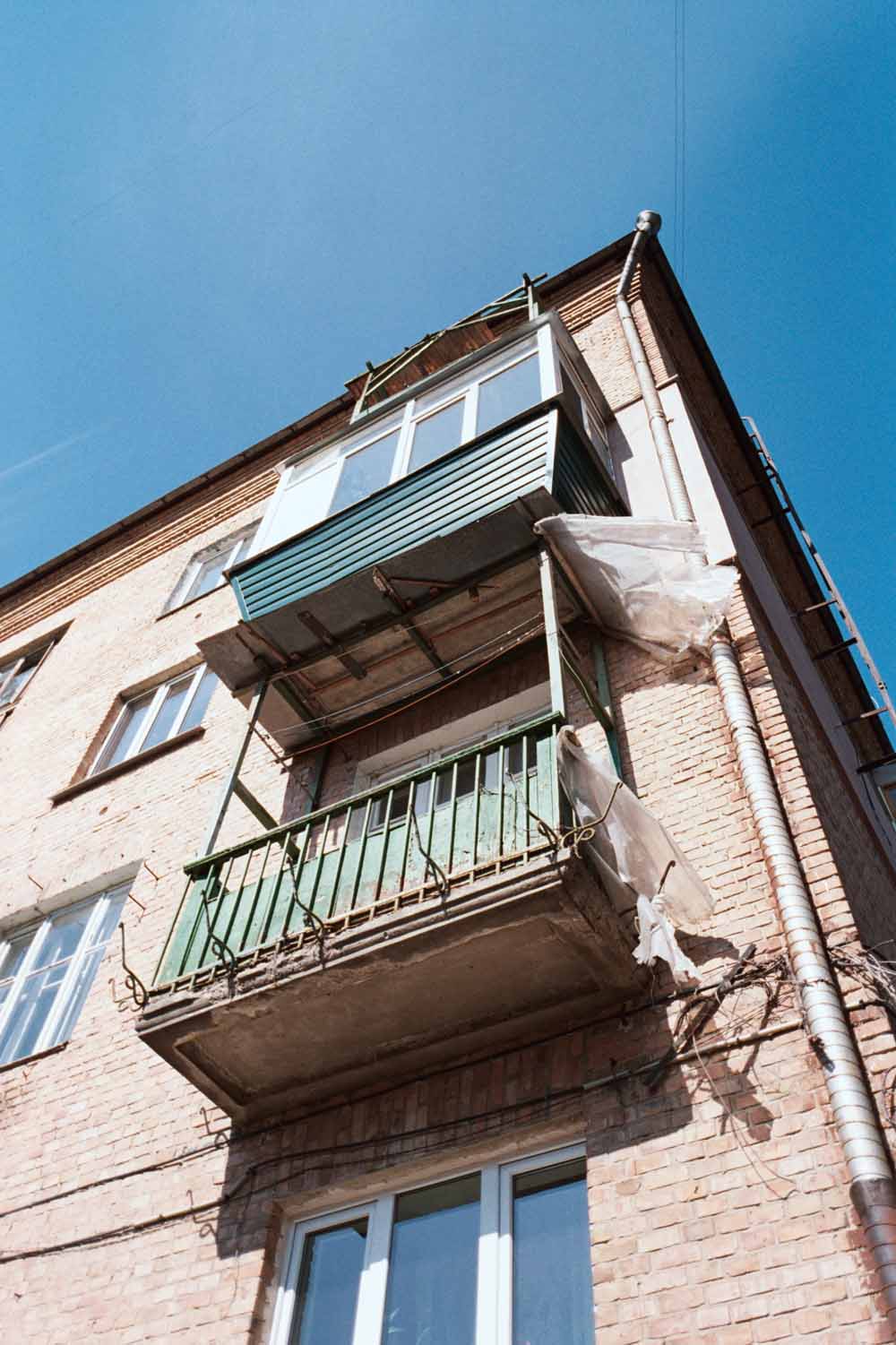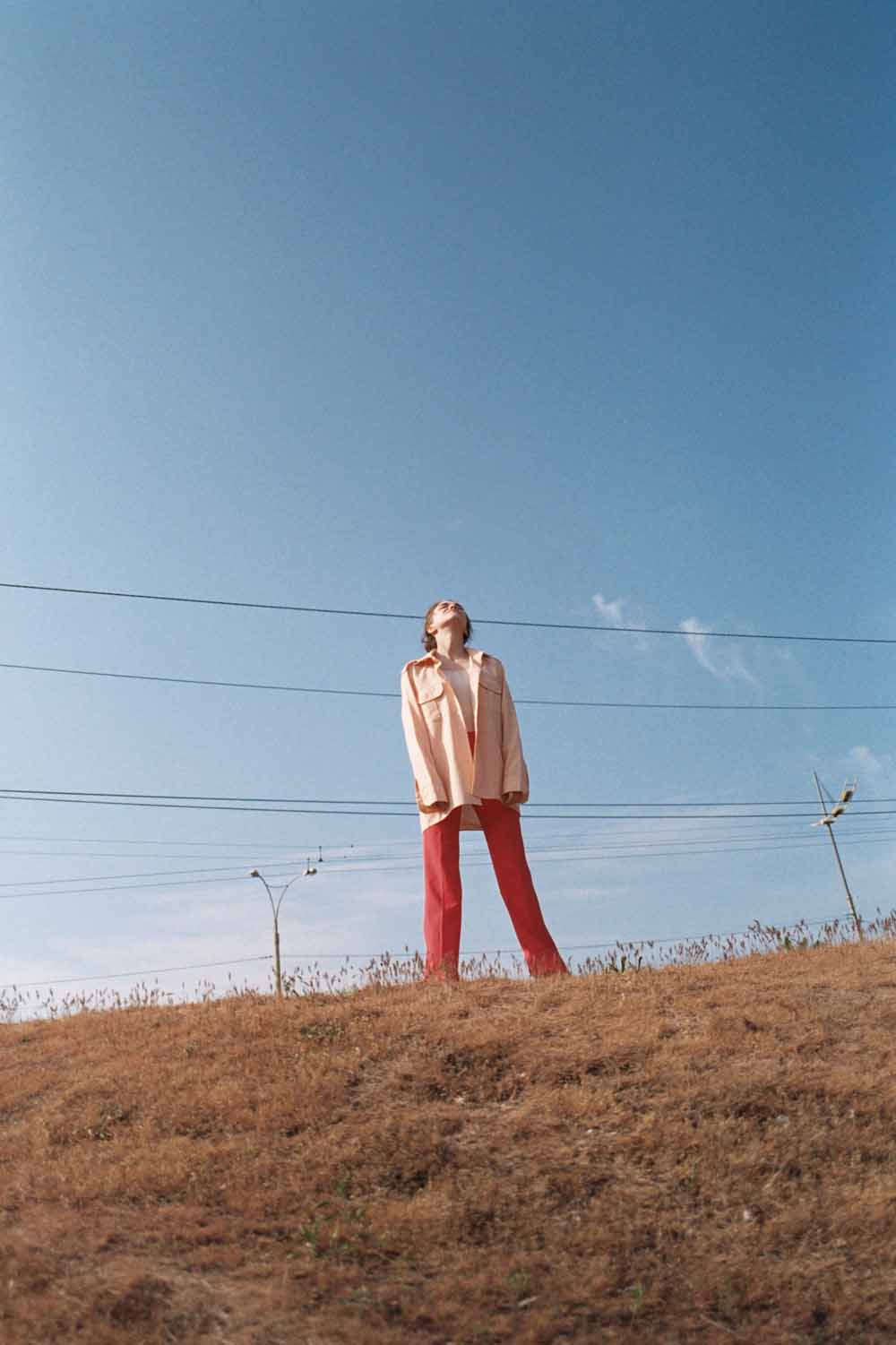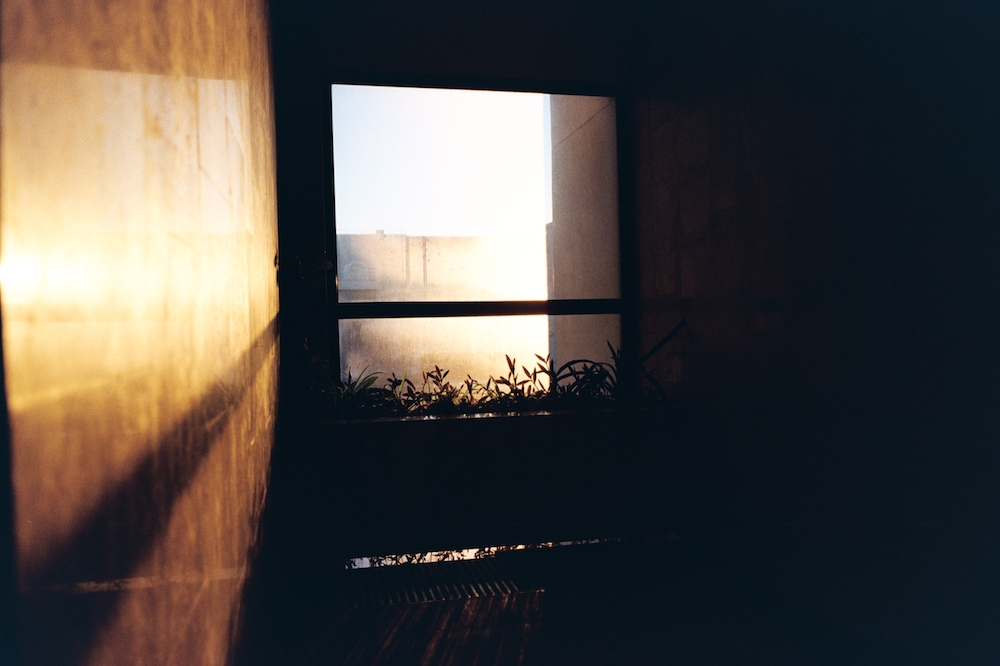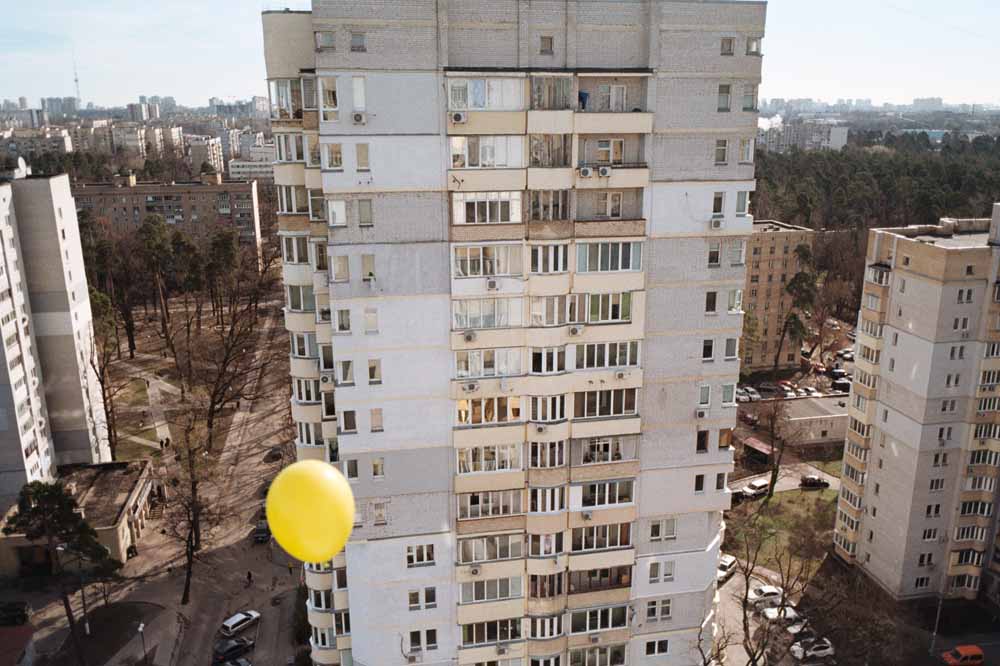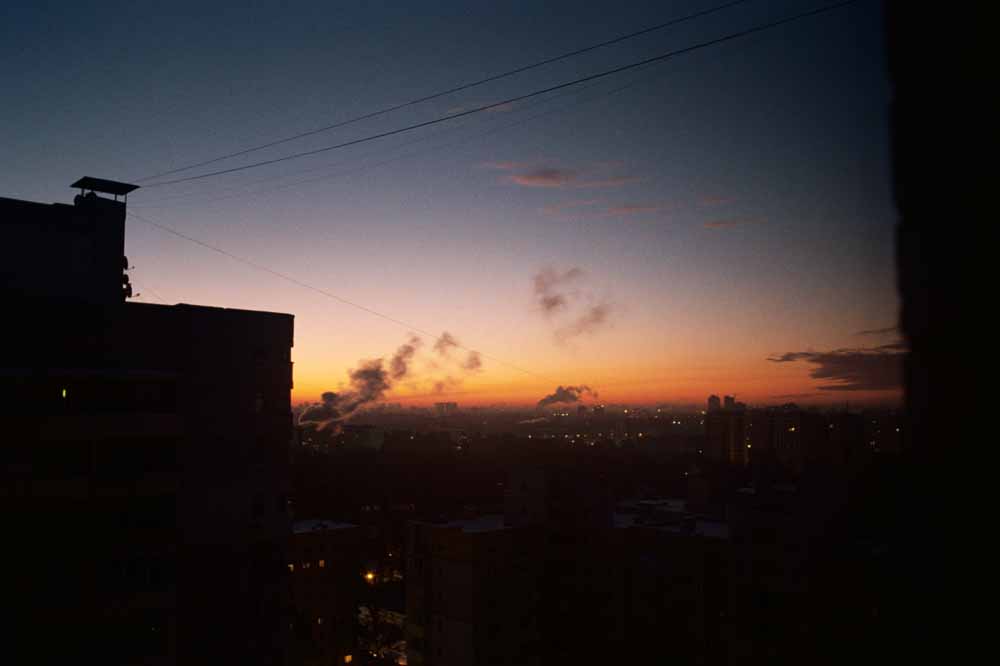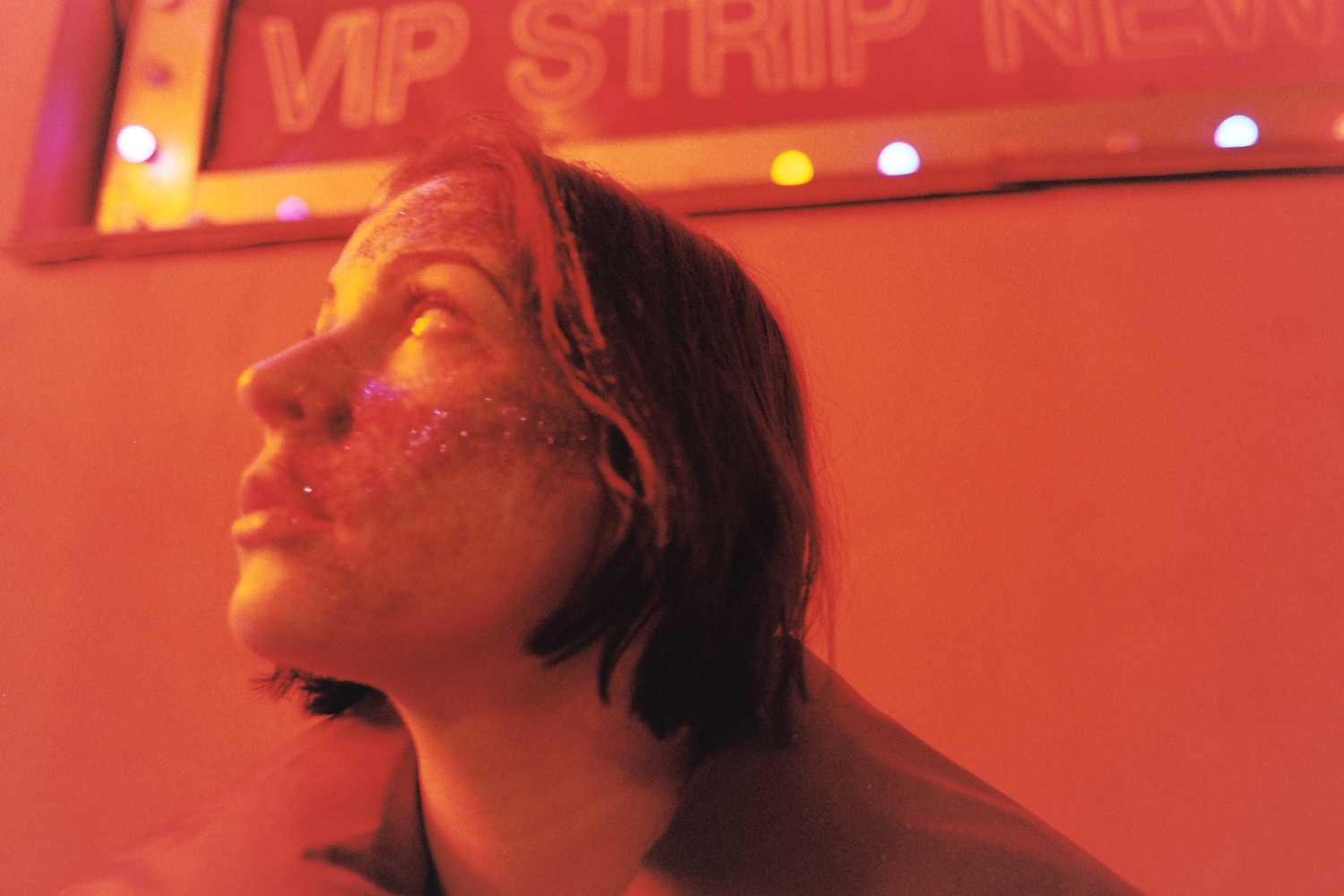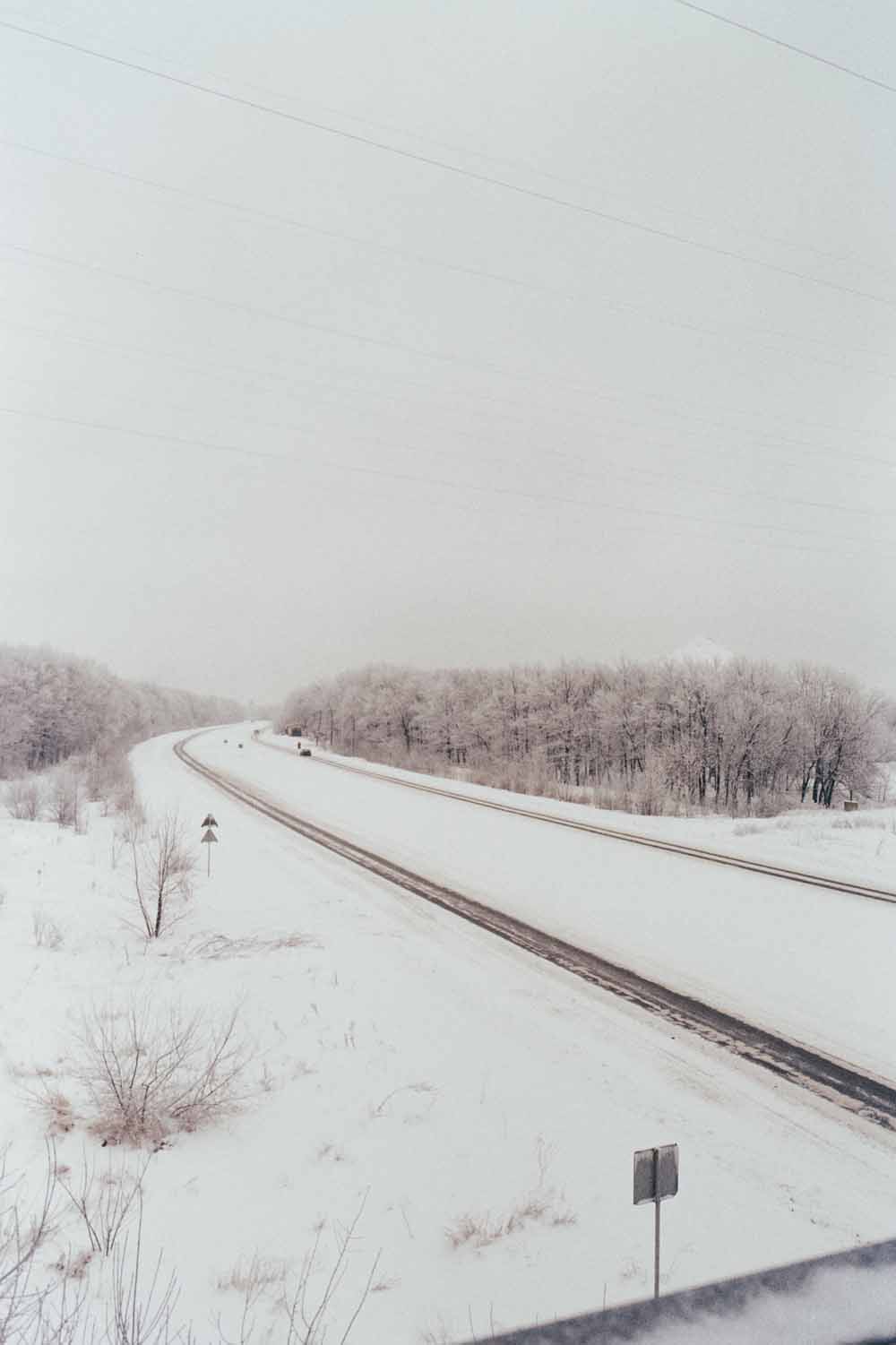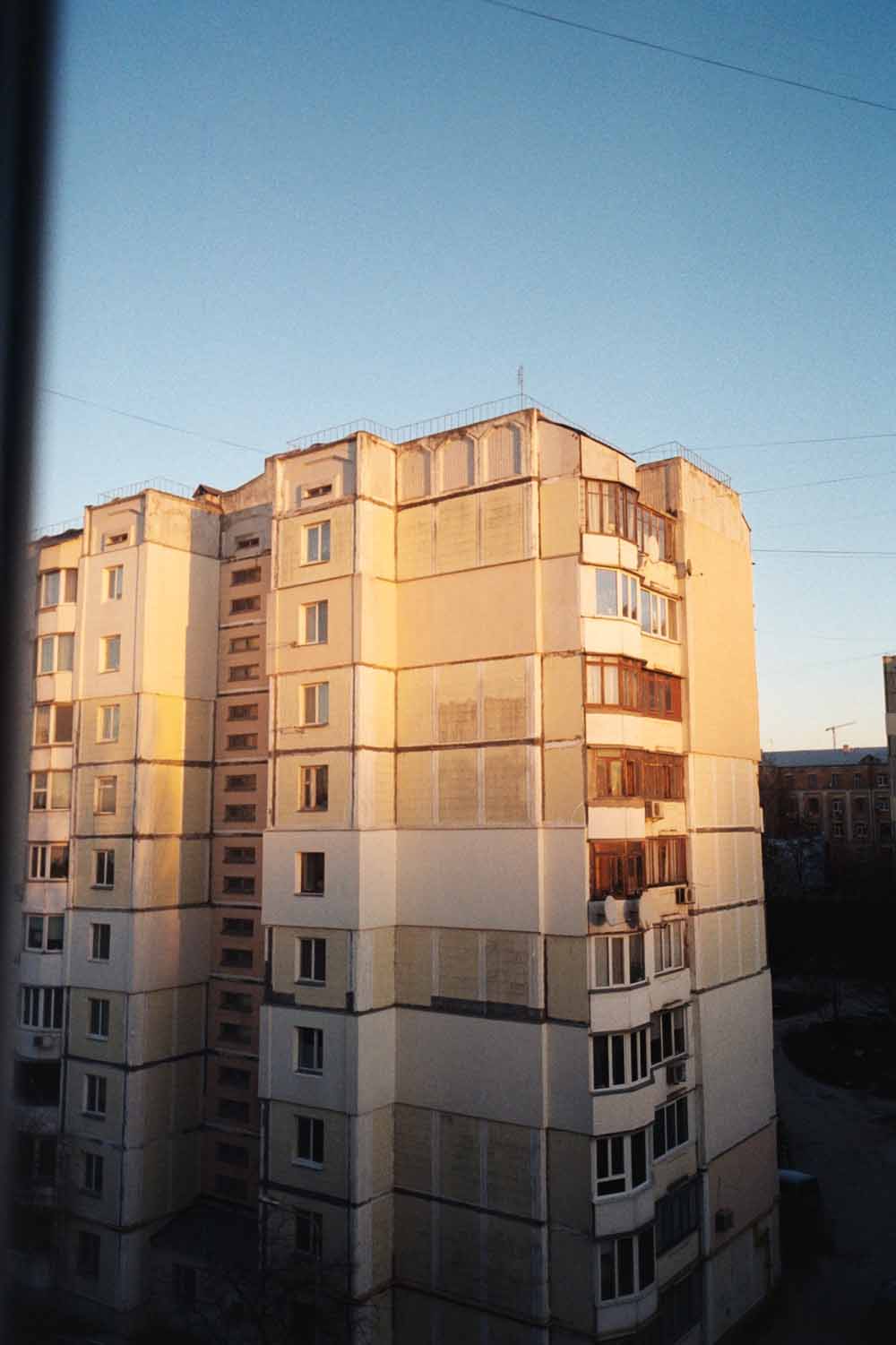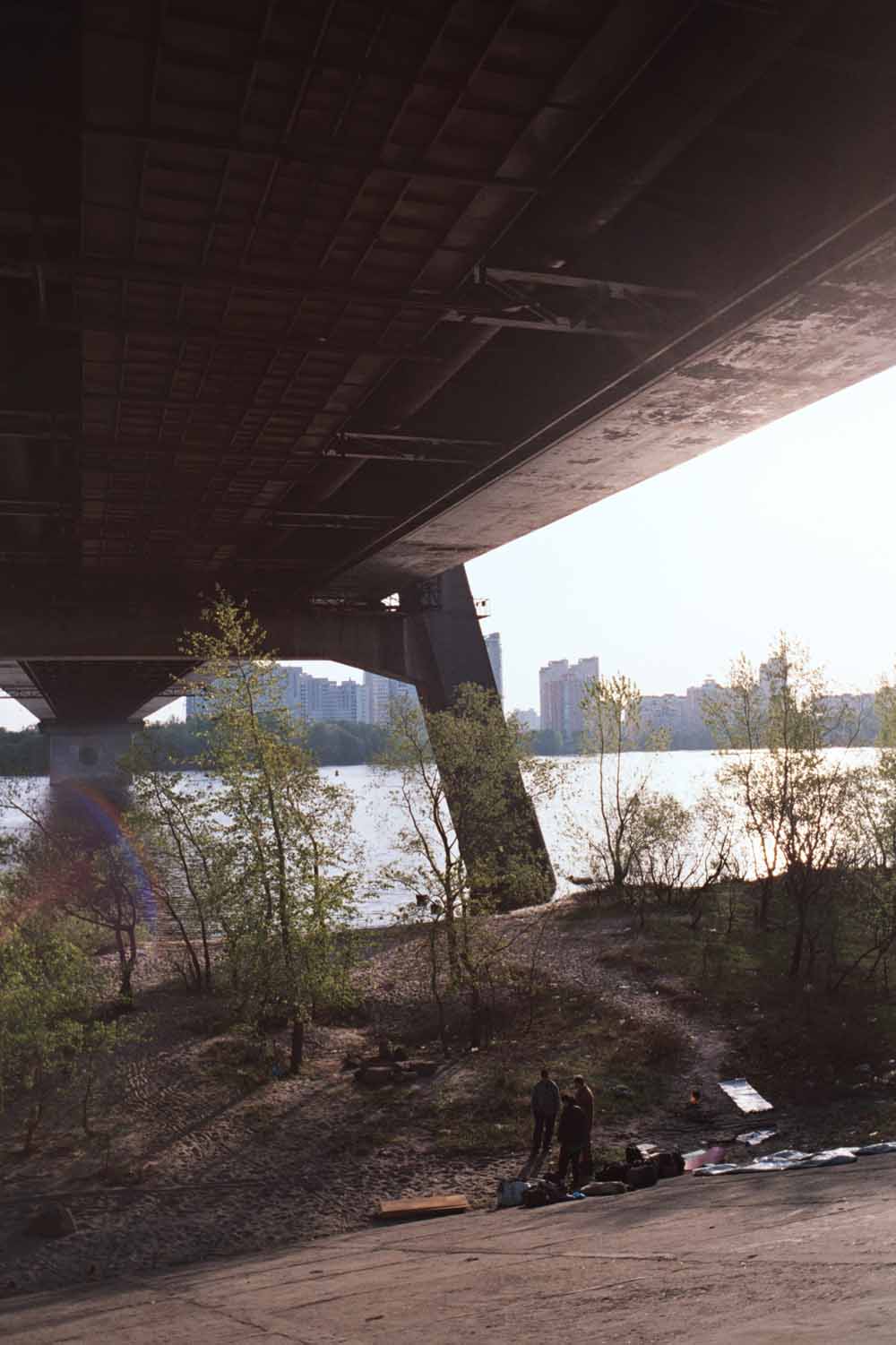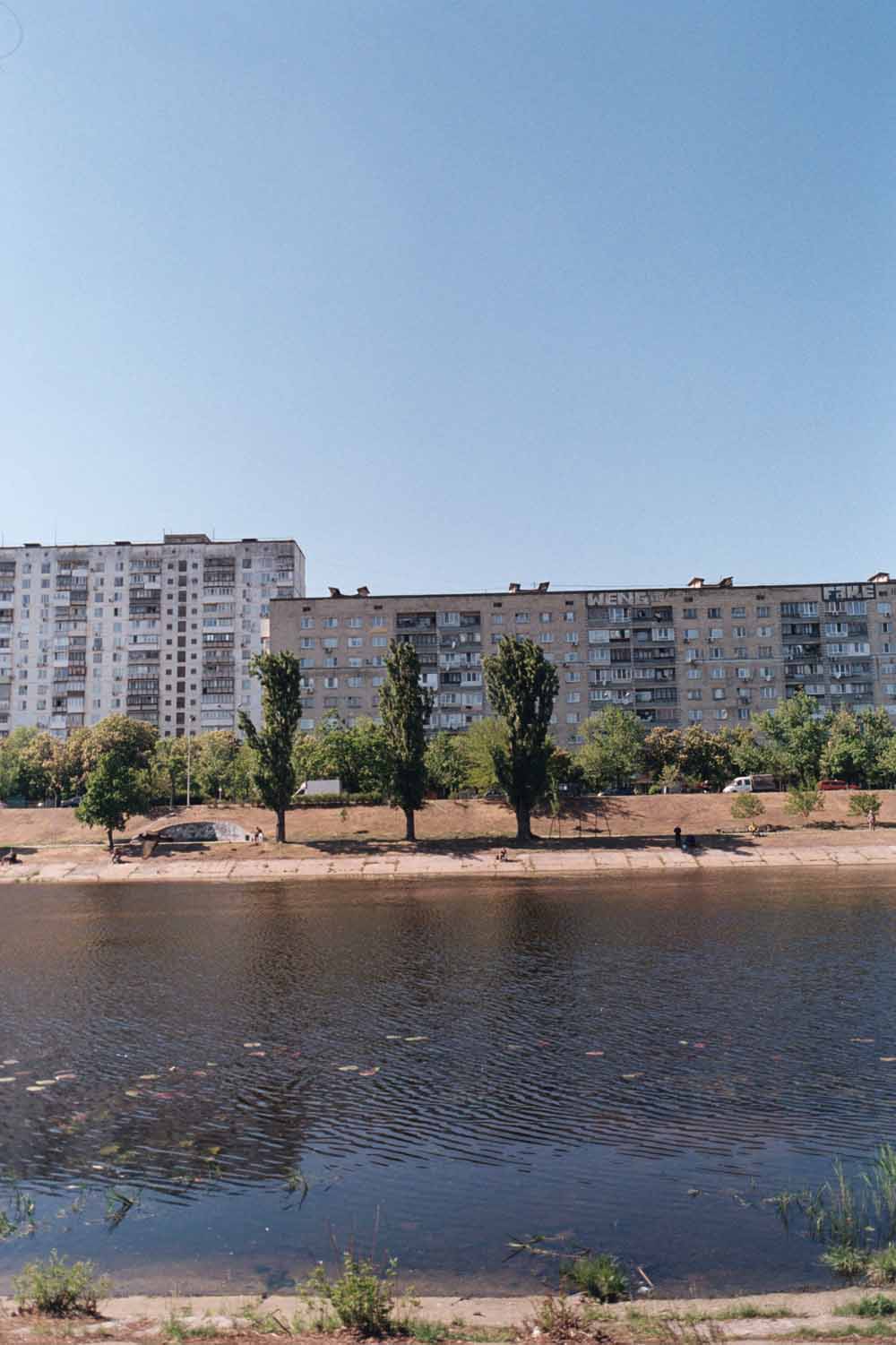Life in focus: my camera helped me come to terms with my mental health
Lyubov Slyusareva’s photos celebrate life in its most ordinary and vulnerable moments. Yet capturing daily life in Kiev was a lifeline for the 21-year-old photographer
Today, we tend to hear stories about how social media is bad for our mental health. Research suggests Instagram is among the most damaging for younger generations. There’s no denying that constantly sharing personal pictures may make us feel good about ourselves, but can also lead to feelings of anxiety, isolation and low self-esteem in the long-run. However for some, photography and the ability to share photos with others is not about likes and follows — it’s a form of comfort and a way to meet people. For 21-year-old Lyubov Slyusareva, it was a lifeline during difficult times.
“I started taking photos around the age of nine, when me and my friends would try to reshoot out favourite films on a VHS camera. At the time I remember taking photos of everything from bins to graveyards, and would organise photo shoots with my friends on a flip phone. My mum noticed and together we saved up for a camera,” says Slyusareva, who grew up in Donetsk, which these days is known as the de facto capital of separatist-controlled territory in eastern Ukraine. Being a teenager in Donetsk was no different to growing up elsewhere in world — a time of experimentation and defiance. The girls around Slyusareva dyed their hair pink, kissed boys and snuck in booze at break time. She was more of an observer. “They liked to hang out with me because I took their photos and didn’t talk much.” She describes herself as the kid who would escape from the others at summer camp to spend time alone in nature, watching the sun crawl across the sky. She preferred the company of her grandfather who sought to break the world record for walking; it was during their walks that he told her fascinating adventure stories from his seafaring days.
“At some point we needed to move because what was happening in my hometown was too unpredictable, and my little sister had just been born.” On leaving the city, she recalls looking back and seeing a field ablaze: “Though this had no connection to war but it felt really symbolic.” At the same time, Slyusareva had been suffering in silence with a panic disorder. She began to get panic attacks at school and by the age of 16 they had increased to several times a week. “I tried to hide [when] it was happening at school. I tried to run away, I ignored invitations to things and as a result did not go out very much anywhere and watched movies at home.” The sudden relocation to Kiev made her feel even more disconnected. “I felt as though everyone and everything around me were part of the mise-en-scène of a movie.”
After a while, she realised the times she wouldn’t get panic attacks were the times she would wander the city with her camera. “The most therapeutic thing for me was the long walks around the city. Walking around Kiev made me fall in love with life around me. It reminded me of the walks with my grandad.” The camera gave the walks meaning, while the lens acted as a protective layer through which to view the world. “The camera helped me focus not on what was happening in my head or my body, but my surroundings. This has been so useful for other aspects of my life. Whenever I feel another attack coming on, I try and concentrate on the environment around me. This has changed the way I process everything in my mind and my panic attacks have decreased to several times a year.”
The realisation propelled her to use photography as an opportunity to meet people. At university — Slyusareva is currently in her fourth year at the Taras Shevchenko National University of Kyiv — she opened up about her panic attacks and was surprised to hear that others suffer from them too. Wanting to get out of her comfort zone, she challenged herself to approach and photograph strangers. “I still find it hard”, she confesses, “I don’t like to force myself on someone’s personal space but there are times when it turns into an interesting shot. For instance, this past New Year’s Eve I spent alone on a train to Odessa and at midnight they stopped the train and there were fireworks. I saw the train operators were looking out of the window and asked to take their photo. I ended up with some amazing shots, which I wouldn’t have been able to get before. I’m interested in people whose professions we don’t always notice: people who work on public transport and factories, for example. I would like to dedicate a project entirely to them. I think this kind of ordinary work makes them extraordinary.”
Last year the photographer got her hands on a Contax analogue camera and now shoots purely on film. From a photo of a typical flower stall outside the metro, to the Kiev Pechersk Lavra on the night of Easter, to the Dnieper river, there is a warmth and subjectivity to her photos of everyday Kiev. It’s these ordinary places that interest her the most. “My panic attacks have stopped me from seeing the city’s famous raves, but Kiev is rich in everyday life. I love taking photos of bridges, roads and houses, particularly in the Akademistechko neighbourhood.” In some photos you spot colourful balloons, drifting amid tower blocks or floating above crowds in the metro. Susceptible at all times to the urban environment that surrounds them, there is nevertheless something uplifting about their presence. This is the effect of Slyusareva’s photos: celebrating life in its most ordinary and vulnerable moments.
Text: Liza Premiyak
Images: Lyubov Slyusareva
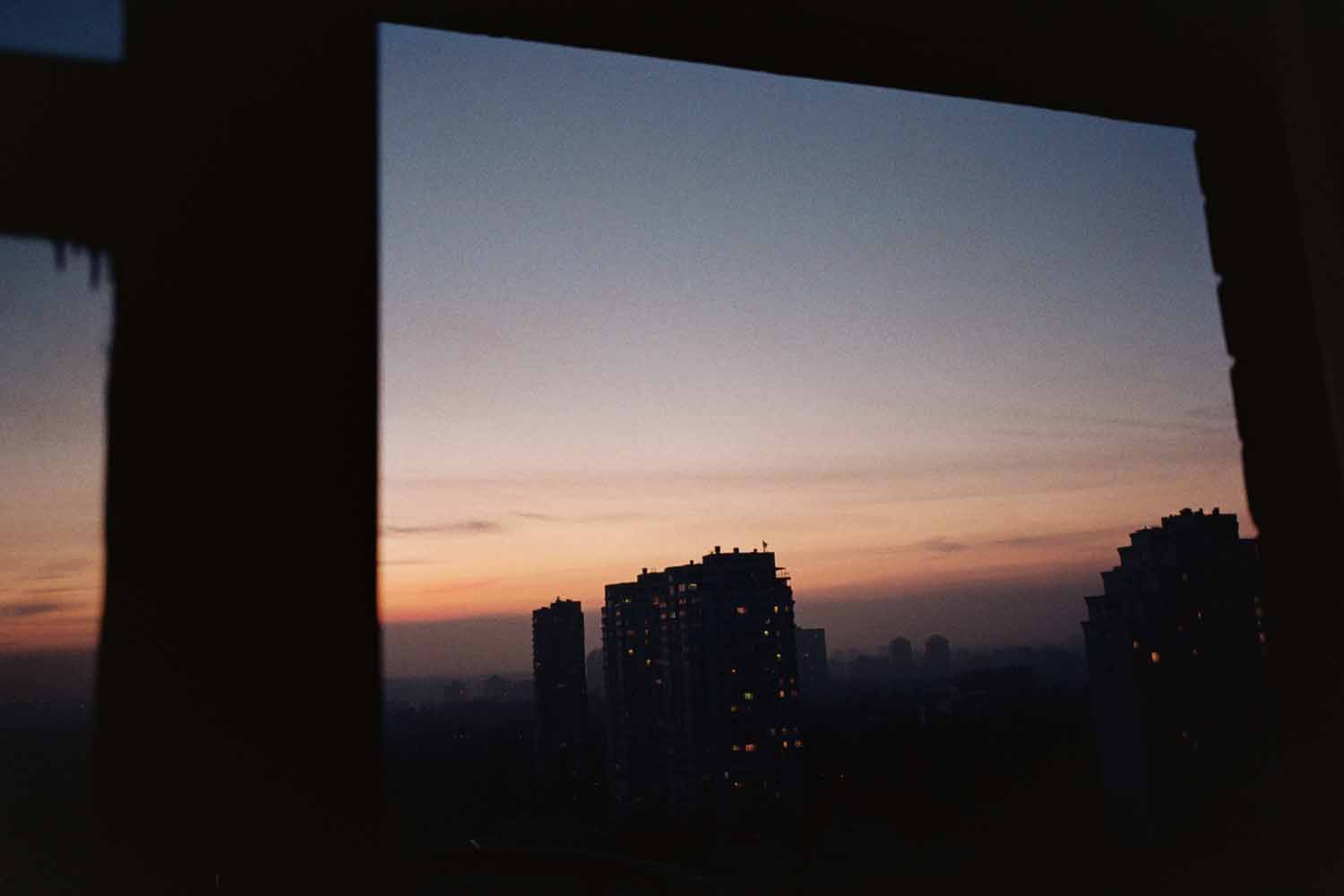
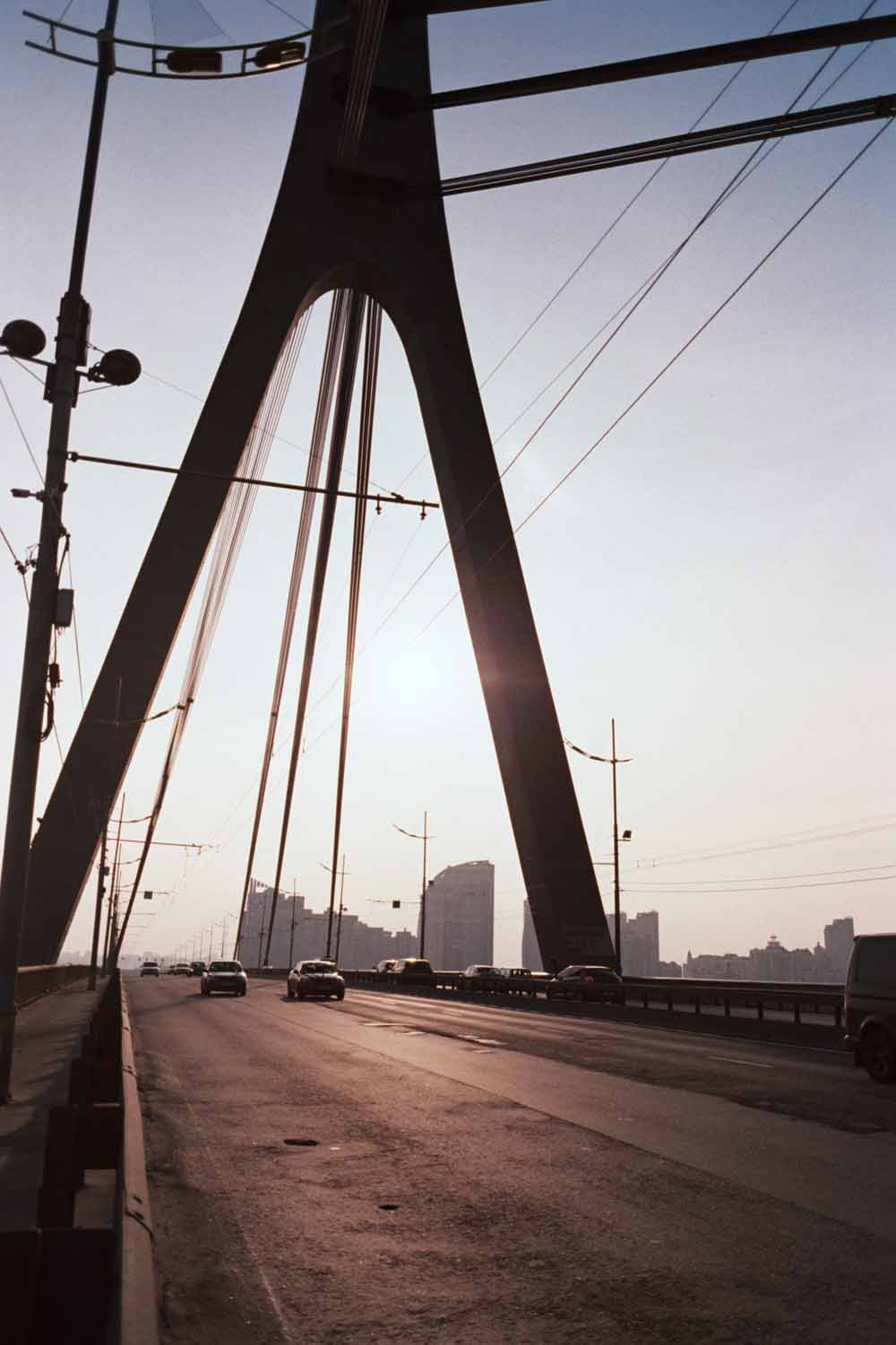


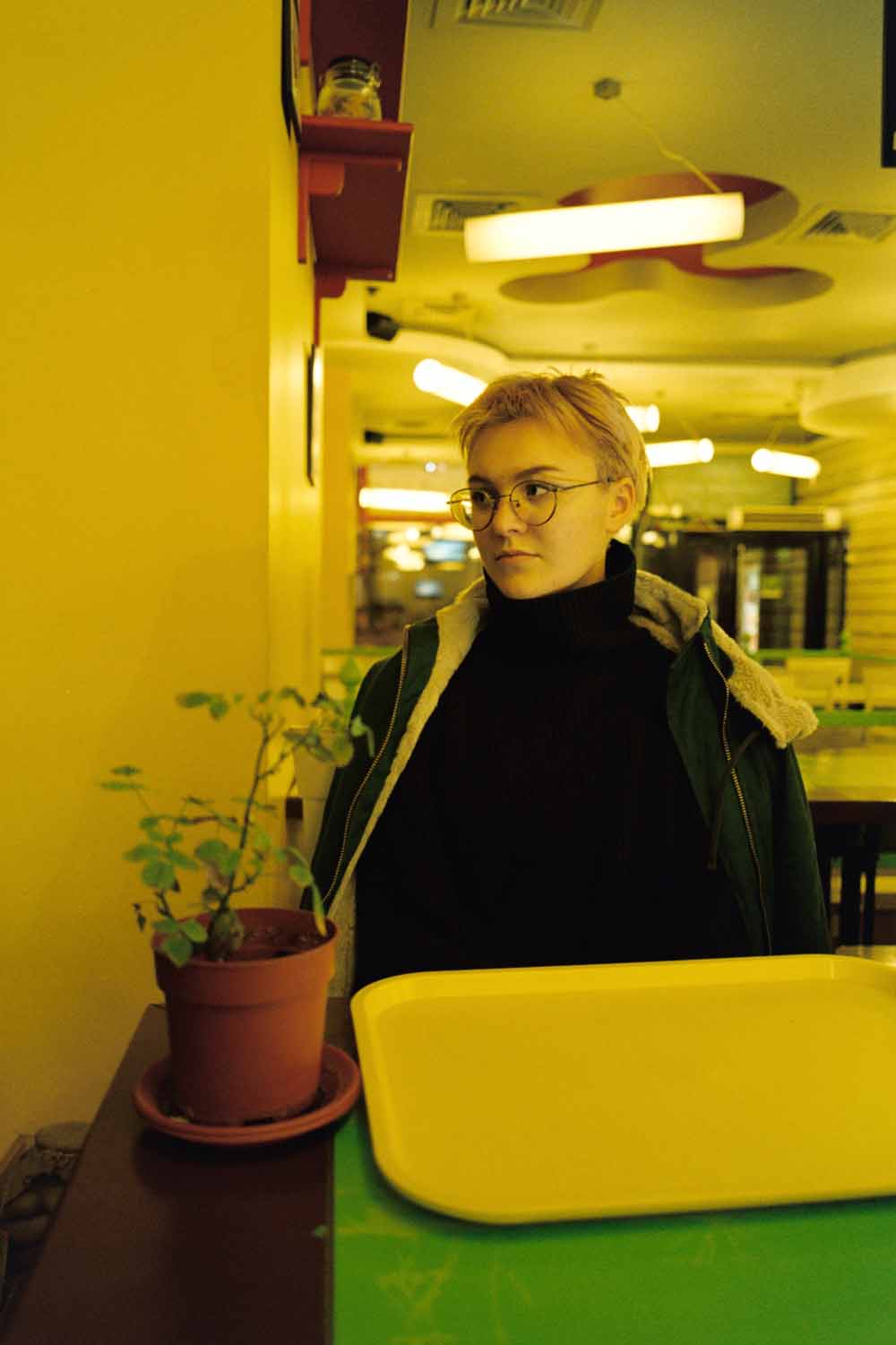
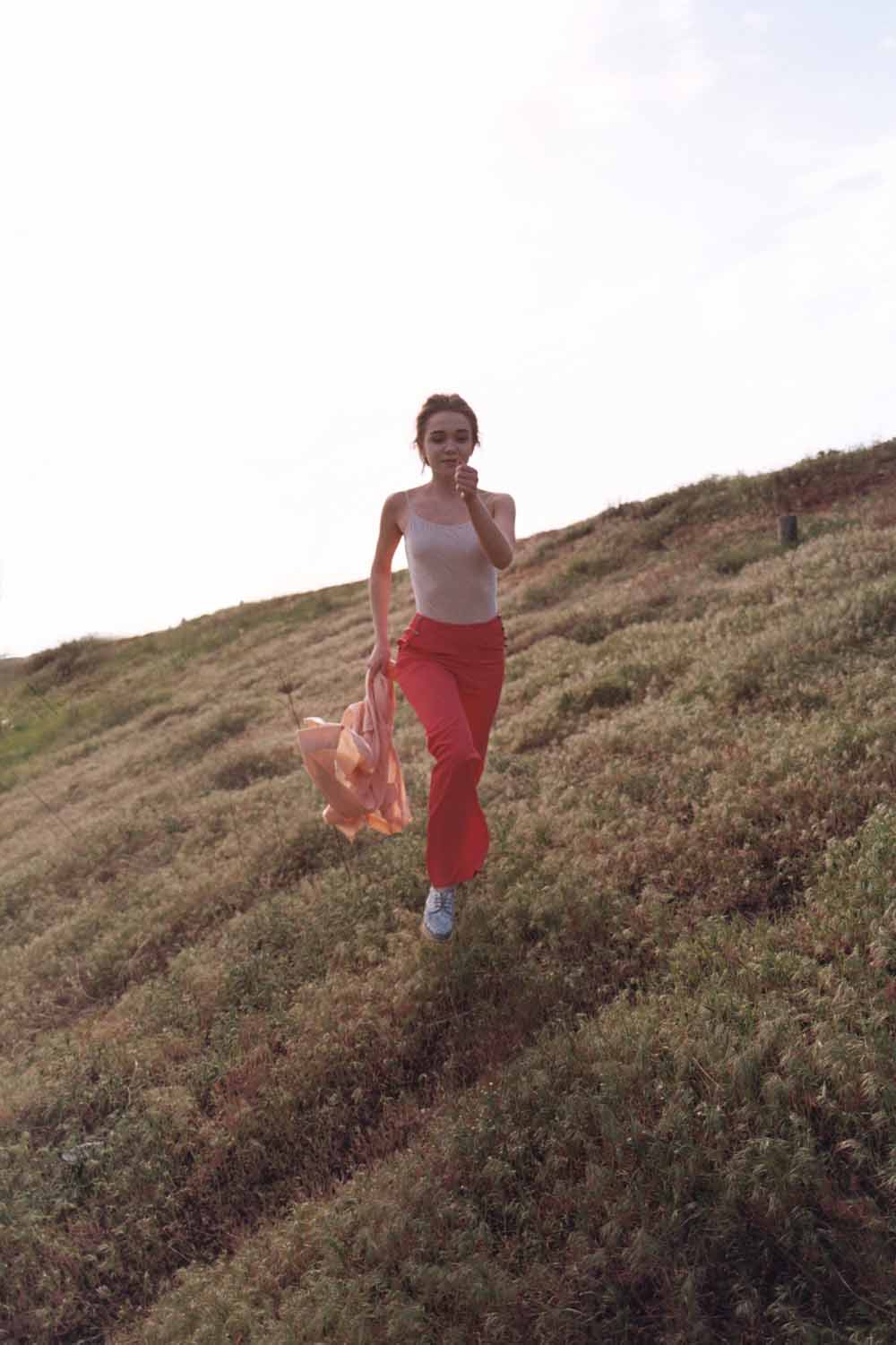

.jpg)
.jpg)
